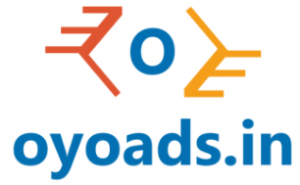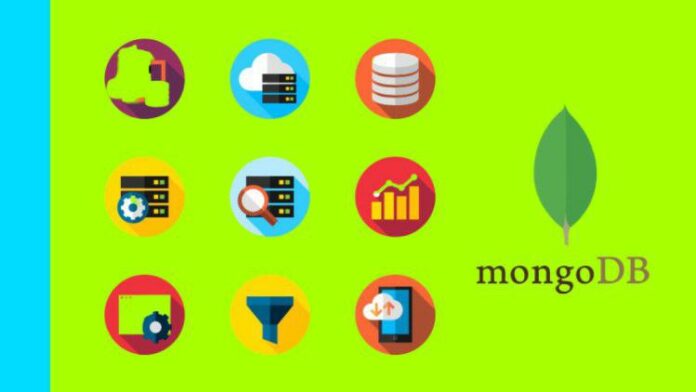Master MongoDB Development for Web. CRUD Operations,MongooseJS – All about MongoDB!
What you’ll learn
-
Understand how MongoDB stores data
-
Use all features MongoDB offers you to work with data efficiently
-
Gain mastery of the most popular MongoDB interface, Mongoose JS
-
Learn the purpose of each of Mongoose’s functions
What you’ll learn
-
Understand how MongoDB stores data
-
Use all features MongoDB offers you to work with data efficiently
-
Gain mastery of the most popular MongoDB interface, Mongoose JS
-
Learn the purpose of each of Mongoose’s functions
Course content
Introduction
-
Introduction
Getting along with MongoDB Database
REST API
Firing up with Mongoose
This course includes:
-
2.5 hours on-demand video
-
1 article
-
Full lifetime access
-
Access on mobile and TV
-
Certificate of completion
Requirements
Description
MongoDB is a NOSQL database, cross-platform, document oriented database that provides, high performance, high availability, and easy scalability. MongoDB works on concept of collection and document.
Any relational database has a typical schema design that shows number of tables and the relationship between these tables. While in MongoDB, there is no concept of relationship.
Advantages of MongoDB over RDBMS
- Schema less − MongoDB is a document database in which one collection holds different documents.
- No complex joins.
- Deep query-ability. MongoDB supports dynamic queries using a document-based query language that’s nearly as powerful as SQL.
- Ease of scale-out − MongoDB is easy to scale.
- Conversion/mapping of application objects to database objects not needed.
- Uses internal memory for storing the (windowed) working set, enabling faster access of data.
Why Use MongoDB?
- Document Oriented Storage − Data is stored in the form of JSON style documents.
- Index on any attribute
- Replication and high availability
- Rich queries
- Fast in-place updates
- Professional support by MongoDB
In detail, you’ll learn:
- + how to install and use MongoDB locally and in the cloud (MongoDB Atlas)
- + how to perform CRUD (Create, Read, Update, Delete) operations on MongoDB databases
- + how to filter for data efficiently
- + how to work with both the Mongo Shell
- + how to increase performance by using indexes (and how to use the right indexes!)
- + how to use MongoDB Atlas – the cloud solution offered by MongoDB
- + and much more!
Who this course is for:
- This course is for anyone learning MongoDB in the Node JS environment
- Everyone who’s interested in NoSQL databases
- Both beginner and advanced MongoDB users who want to explore all the core features
[maxbutton id=”1″ url=”https://www.udemy.com/course/beginners-mongodb-guide/?ranMID=39197&ranEAID=*7W41uFlkSs&ranSiteID=.7W41uFlkSs-hmDtPLOpeUmJIPuFDz_65Q&LSNPUBID=*7W41uFlkSs&utm_source=aff-campaign&utm_medium=udemyads&couponCode=MONG_CODE” ]















![[100% FREE]Python Bootcamp 2020 Build 15 working Applications and Games](https://oyoads.in/wp-content/uploads/2020/05/2485240_d405-100x70.jpg)







![[100% Free]Python Bootcamp 2020 Build 15 working Applications and Games (31.5 Hours)](https://oyoads.in/wp-content/uploads/2020/05/Python-Bootcamp-2020-Build-15-working-Applications-and-Games-1-100x70.jpg)

![[100% Free]Java Programming: Complete Beginner to Advanced](https://oyoads.in/wp-content/uploads/2020/05/IMG_20200519_054150_522-100x70.jpg)
